Many of us may face the need for joint replacement surgery as we age. We want to stay active and sometimes, joint replacement surgery is a solution that helps us stay mobile. On top of that, we also tend to have higher expectations for the quality of life we expect after we’ve had surgery.
Whether surgery is already scheduled, or is a future possibility, one question that patients often wonder is what can I do today to help my future mobility. The short answer to this question is, we can do almost anything that’s not painful. For aerobic exercise, low or non-impact exercise tends to be tolerated the best. I often recommend that my patients try biking or aquatic exercises like swimming or even simply walking in a pool.
Exercise is important to prepare our body for the upcoming surgery. Exercising prior to surgery serves two purposes:
- It prepares our muscles for the surgery which can shorten our recovery afterward, and
- It familiarizes us with many of the exercises that we will be doing after surgery.
Most of the exercises that I discuss with my patients require little or no equipment and can easily be performed at home. Stretching your hamstring, calf, and hip flexor may provide some help as you prepare for surgery. If you have trouble stretching, talk to your doctor. He may be able to identify reasons for this like a bone spur which may limit your ability to fully stretch. He can also offer alternatives if you are having trouble.
It’s not uncommon to experience some muscle imbalance that may have developed due to the arthritis. It’s also normal for your muscles to feel weak following the surgery. So making them stronger and more balanced prior to surgery may help to smooth your recovery.
Body-weight exercises focus on specific muscle groups. You can do quad exercises such as quad sets, short arc quad exercises, and even straight leg raises (which will also work your hip flexors and core). Your lower legs and balance can be worked by doing double-leg or single-leg calf raises. Your hips and core can be worked through glute setting exercises, hip thrusters, planks, and pelvic tilts.
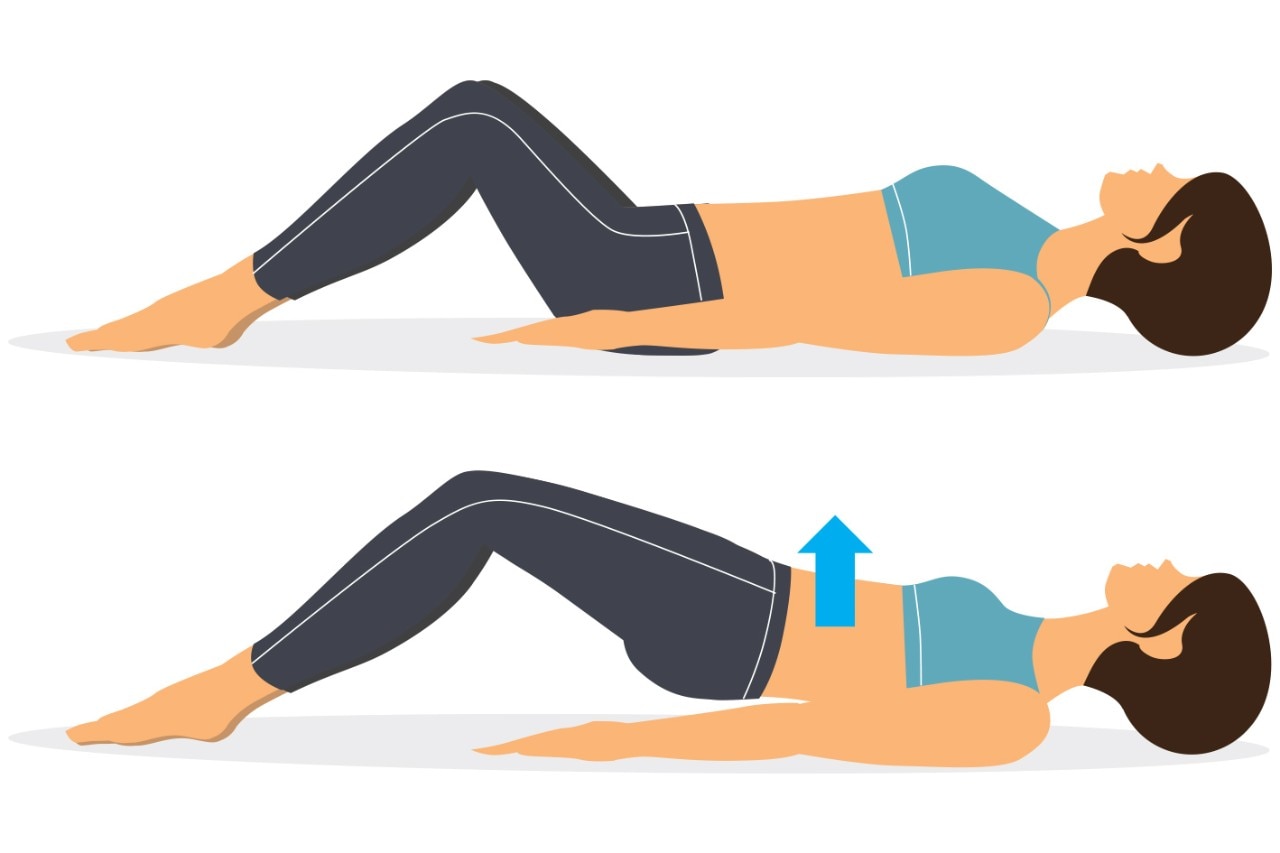 Hip Thrust
Hip Thrust
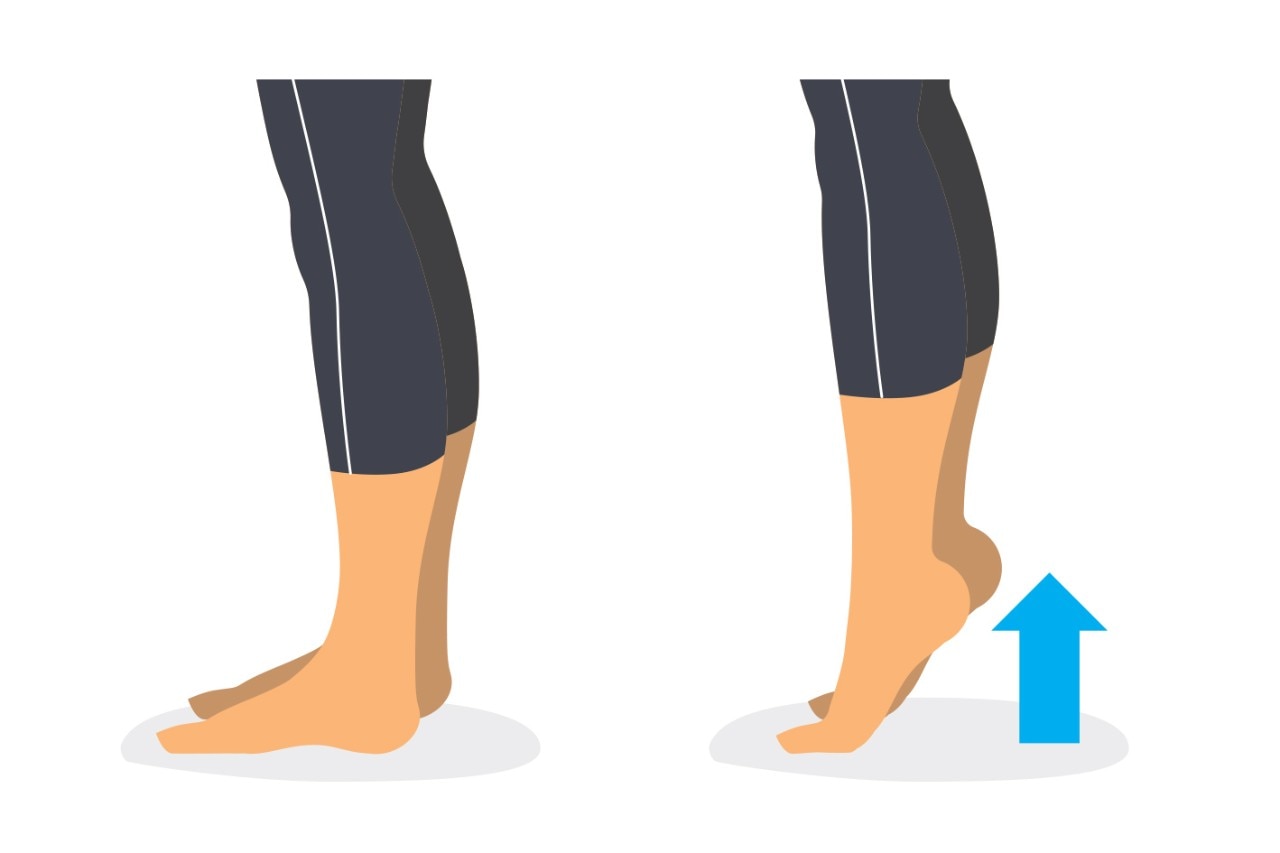 Double Leg Calf Raise
Double Leg Calf Raise
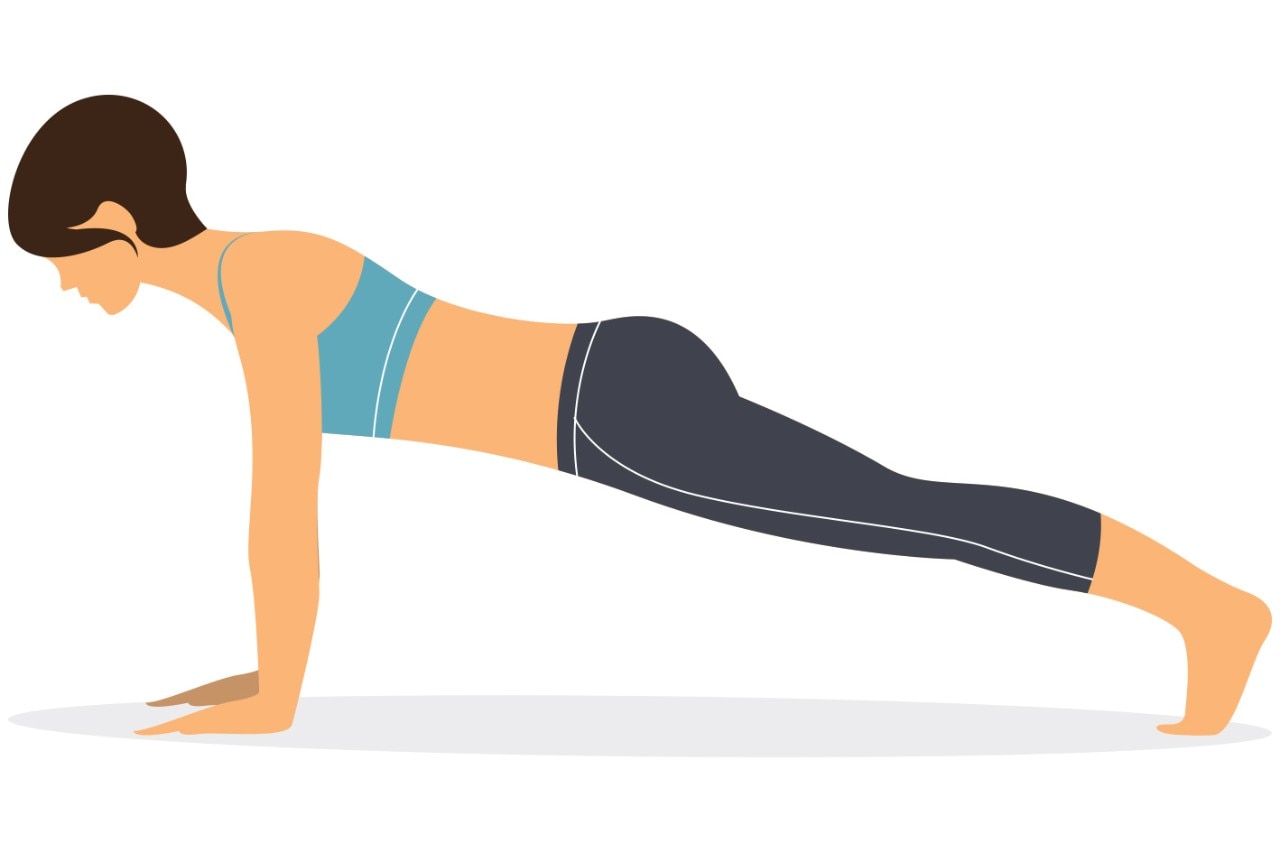 Plank
Plank
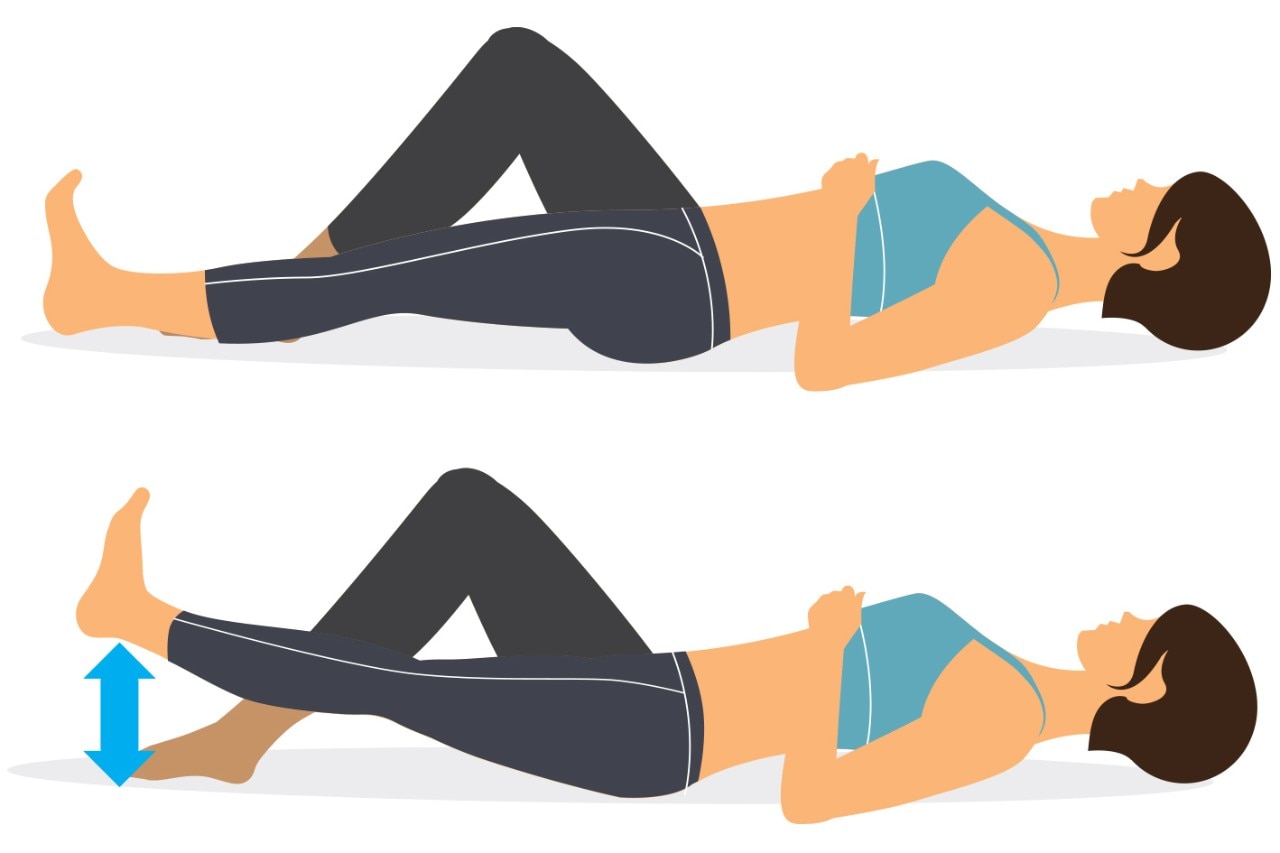 Straight Leg Raise
Straight Leg Raise
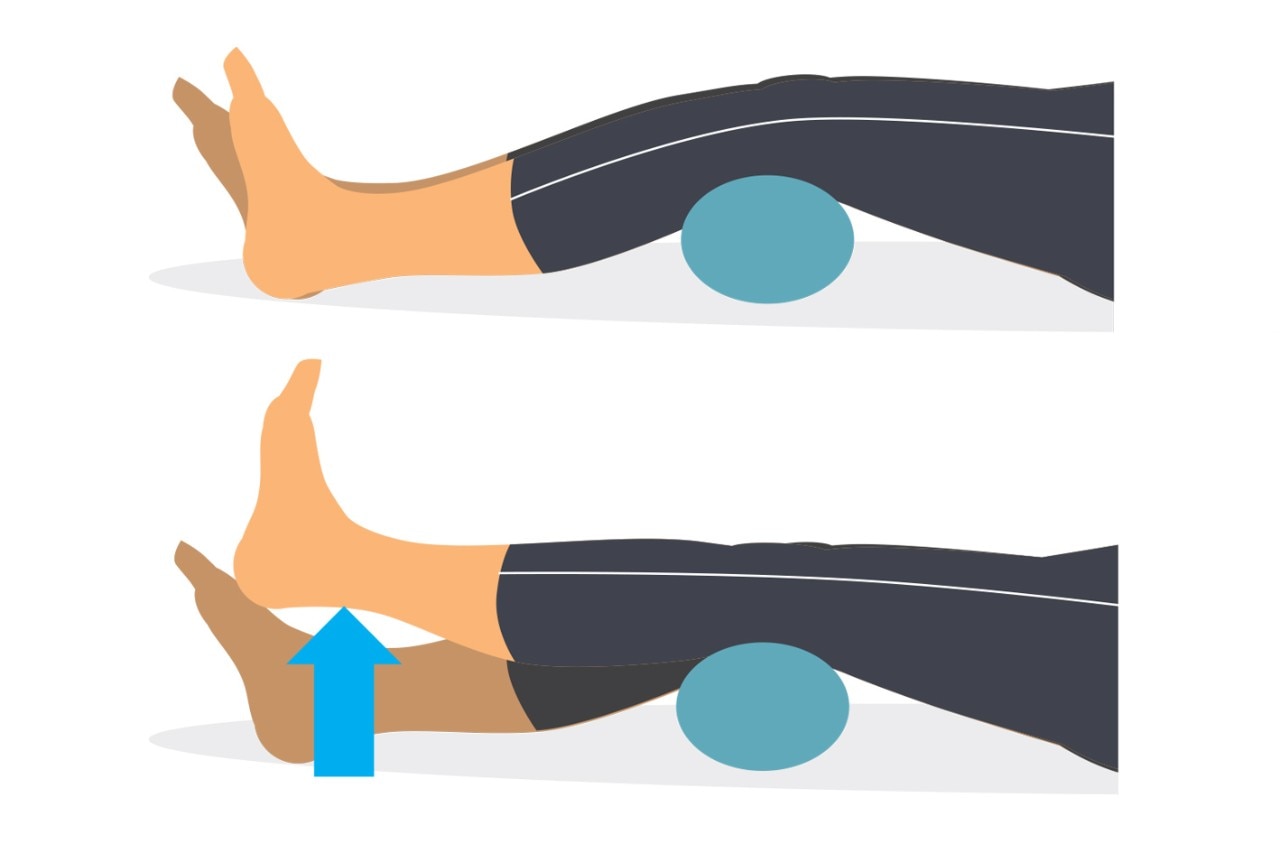 Quad Sets
Quad Sets
Another thing to consider is that you will likely be using a walker, cane, or crutches in the weeks following surgery. Preparing your arms with exercises like seated press-ups and biceps/triceps curls may help make your time using a walking aid easier.
Of course, your surgeon or hospital may have a more specific program that they want you to follow. Be sure to follow their instructions and ask if the exercises above are right for you before trying them. Make sure to let your doctor know if any of these exercises, or those recommended by your surgeon, are painful.



